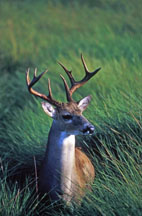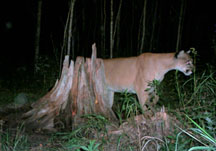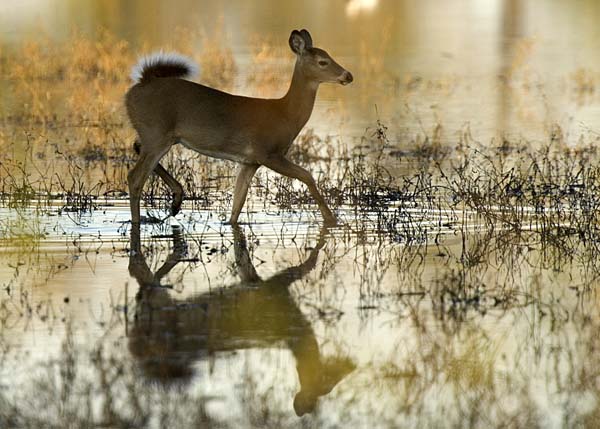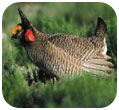 From a press release issued by the Oklahoma Department of Wildlife Conservation and the Kansas Biological Survey:
From a press release issued by the Oklahoma Department of Wildlife Conservation and the Kansas Biological Survey:
In cooperation with the five state fish and wildlife agencies that fall within the range of the Lesser Prairie-Chicken (LEPC), and the Western Association of Fish and Wildlife Agencies (WAFWA), the KARS program has launched version 2.0 of the Southern Great Plains Crucial Habitat Assessment Tool (SGP CHAT). The online map viewer hosts the SGP CHAT, which is the spatial representation of the LEPC range-wide conservation plan, and a tool that prioritizes conservation actions while assisting with the siting of industry development.
For the press release, click here.
For the tool itself, go here.
Photo: courtesy of the NRCS USDA

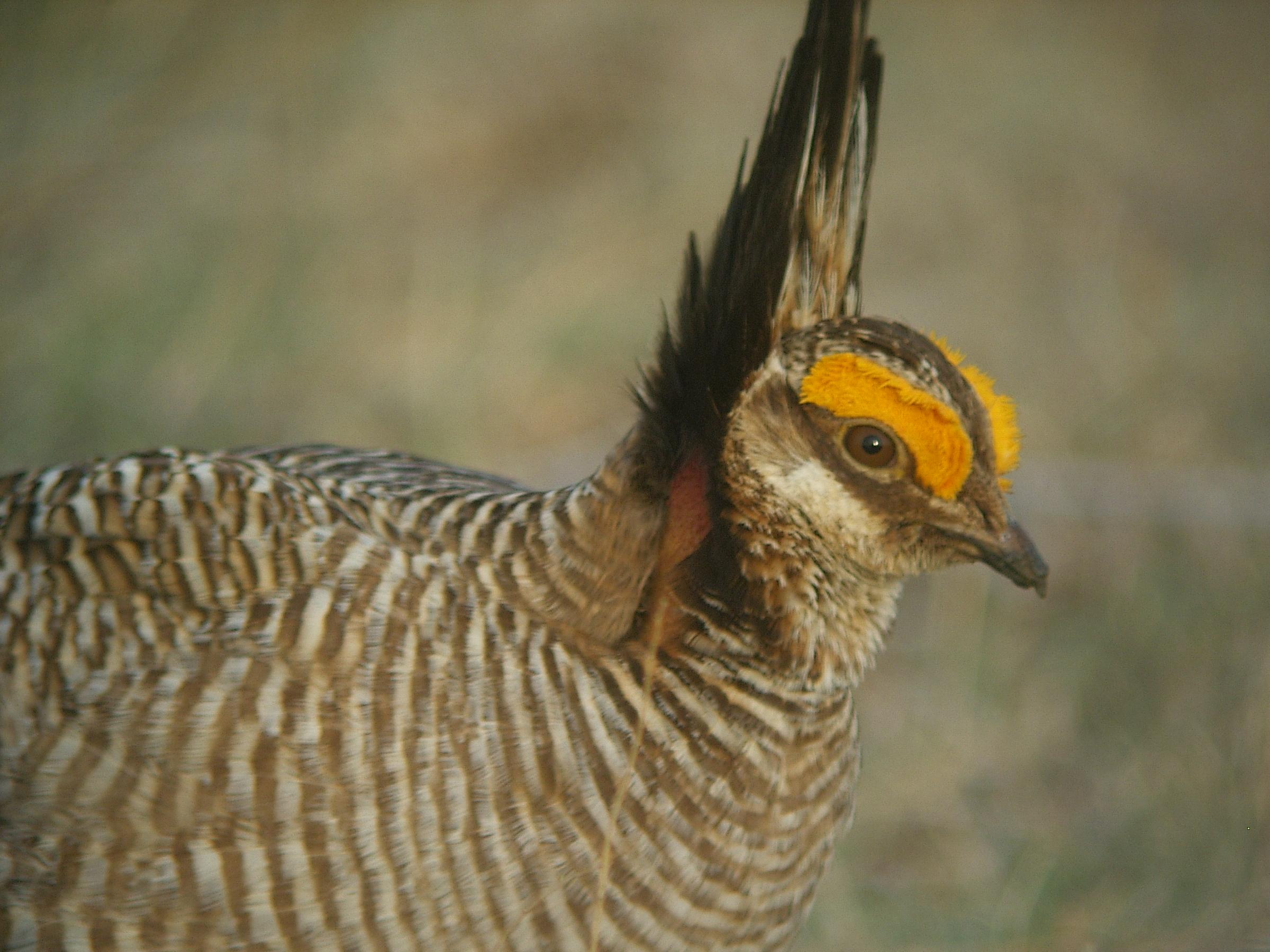 Five states submitted a plan for conserving lesser prairie chickens to the US Fish and Wildlife Service last week. It is the third draft for the plan, Lone Star Outdoor News reports. The five states are Colorado, New Mexico, Texas, Kansas and Oklahoma. The multi-state conservation plan is a bid to keep the bird of the federal endangered species list.
Five states submitted a plan for conserving lesser prairie chickens to the US Fish and Wildlife Service last week. It is the third draft for the plan, Lone Star Outdoor News reports. The five states are Colorado, New Mexico, Texas, Kansas and Oklahoma. The multi-state conservation plan is a bid to keep the bird of the federal endangered species list.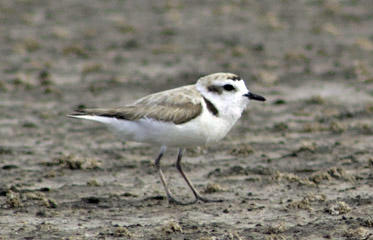 The Kansas Department of Wildlife, Parks and Tourism (KDWPT) has begun a review of threatened, endangered, or species-in-need-of-conservation (SINC) species,
The Kansas Department of Wildlife, Parks and Tourism (KDWPT) has begun a review of threatened, endangered, or species-in-need-of-conservation (SINC) species,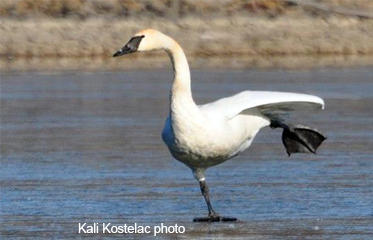
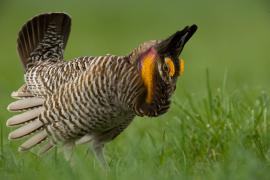 Greater prairie chickens are booming again this spring in Wah-Kon-Tah Prairie, Missouri. The species had been extirpated from the area until five years ago when the Missouri Department of Conservation translocated some greater prairie chickens from Kansas.
Greater prairie chickens are booming again this spring in Wah-Kon-Tah Prairie, Missouri. The species had been extirpated from the area until five years ago when the Missouri Department of Conservation translocated some greater prairie chickens from Kansas.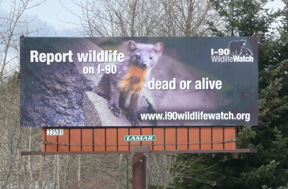 Spring is here and a bunch of wildlife surveys are underway around the country.
Spring is here and a bunch of wildlife surveys are underway around the country.